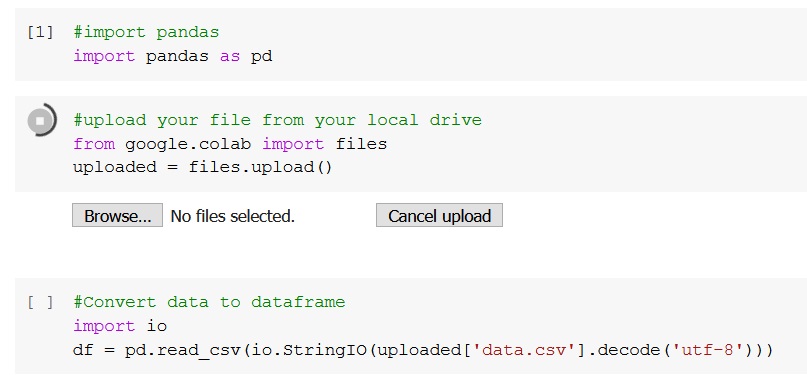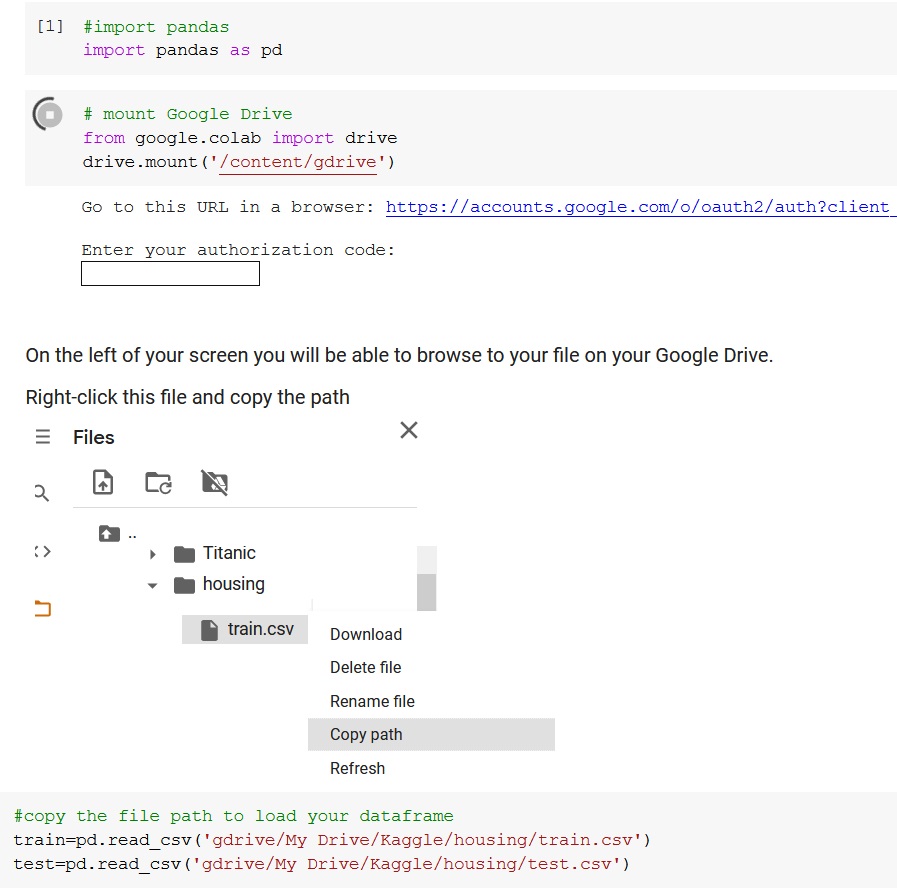Getting started with Google Colab
People have asked me what coding environment I use for my projects. I started out with Anaconda which conveniently installed Python, Jupyter Notebook and all common libraries I needed for my projects. However, I found the process of installing new libraries quite complicated. I also ran into problems when I installed a version of Tensorflow that was not compatible with my version of Pandas. Even with the help of the Stackoverflow community this was a problem that I found hard to solve. My laptop was also struggling with all the software and datasets I was installing.
In my search for a solution that better suited my needs, I ran into Google Colab. Colab is a free cloud-based Jupyter notebook environment that you can use just like a local Jupyter environment. You are slightly limited in terms of memory, but installing libraries is a lot easier. Also, you connect Colab to your Google Drive which allows you to access your datasets from any location and device. Sharing your code on GitHub is also very easy.
It took me a bit of time to figure out how to load a dataset from my local computer and how to connect Google Drive. I will share my approach so you can skip this process.
Upload file from local drive

Connect to Drive

Whatever approach you choose, you should now be able to work on your dataset in Google Colab.